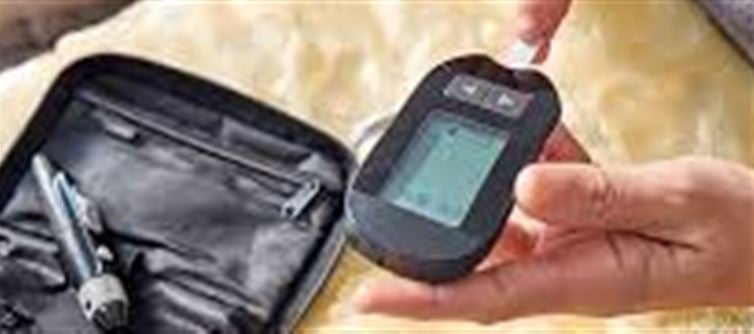
Monitoring blood sugar is a cornerstone of diabetes management. Knowing the best times to check your glucose can help you control spikes, prevent complications, and adjust medications effectively. Here’s a guide:
1. First Thing in the Morning (Fasting Blood Sugar)
- Why it matters: Fasting blood sugar reflects overnight glucose regulation and liver sugar release.
- How to check: Measure your blood sugar before eating or drinking anything in the morning.
- Target range: Usually 70–130 mg/dL for most adults (consult your doctor for personalized targets).
2. Before Meals (Preprandial Checks)
- Why it matters: Checking blood sugar before eating helps you adjust meal portions, insulin, or medication.
- Tip: Take readings 30 minutes before breakfast, lunch, and dinner.
- Goal: Maintains stable glucose and prevents post-meal spikes.
3. After Meals (Postprandial Checks)
- Why it matters: Measuring 1–2 hours after eating shows how your body responds to carbohydrates.
- Tip: Ideal for fine-tuning insulin doses or diet choices.
- Target range: Typically less than 180 mg/dL, but consult your doctor for personalized goals.
4. Before and After Exercise
- Why it matters: Physical activity can lower or raise blood sugar, depending on intensity and duration.
- Tip: Check before starting to avoid hypoglycemia and after exercise to track response.
- Helps you plan snacks or adjust insulin if needed.
5. Before Bedtime
- Why it matters: Ensures your blood sugar is in a safe range overnight.
- Helps prevent nighttime hypoglycemia or hyperglycemia.
- Can guide late-night snacks or insulin adjustments.
6. During Illness or Stress
- Blood sugar can fluctuate unpredictably when you’re sick or stressed.
- Check more frequently to ensure glucose stays within safe limits.
7. Bottom Line
The best times to check blood sugar include:
- Morning fasting
- Before and after meals
- Before and after exercise
- Before bedtime
Monitoring at these key times allows you to make informed dietary, activity, and medication choices, keeping your blood sugar stable and reducing long-term complications.
Disclaimer:
The views and opinions expressed in this article are those of the author and do not necessarily reflect the official policy or position of any agency, organization, employer, or company. All information provided is for general informational purposes only. While every effort has been made to ensure accuracy, we make no representations or warranties of any kind, express or implied, about the completeness, reliability, or suitability of the information contained herein. Readers are advised to verify facts and seek professional advice where necessary. Any reliance placed on such information is strictly at the reader’s own risk.
.jpg)




 click and follow Indiaherald WhatsApp channel
click and follow Indiaherald WhatsApp channel